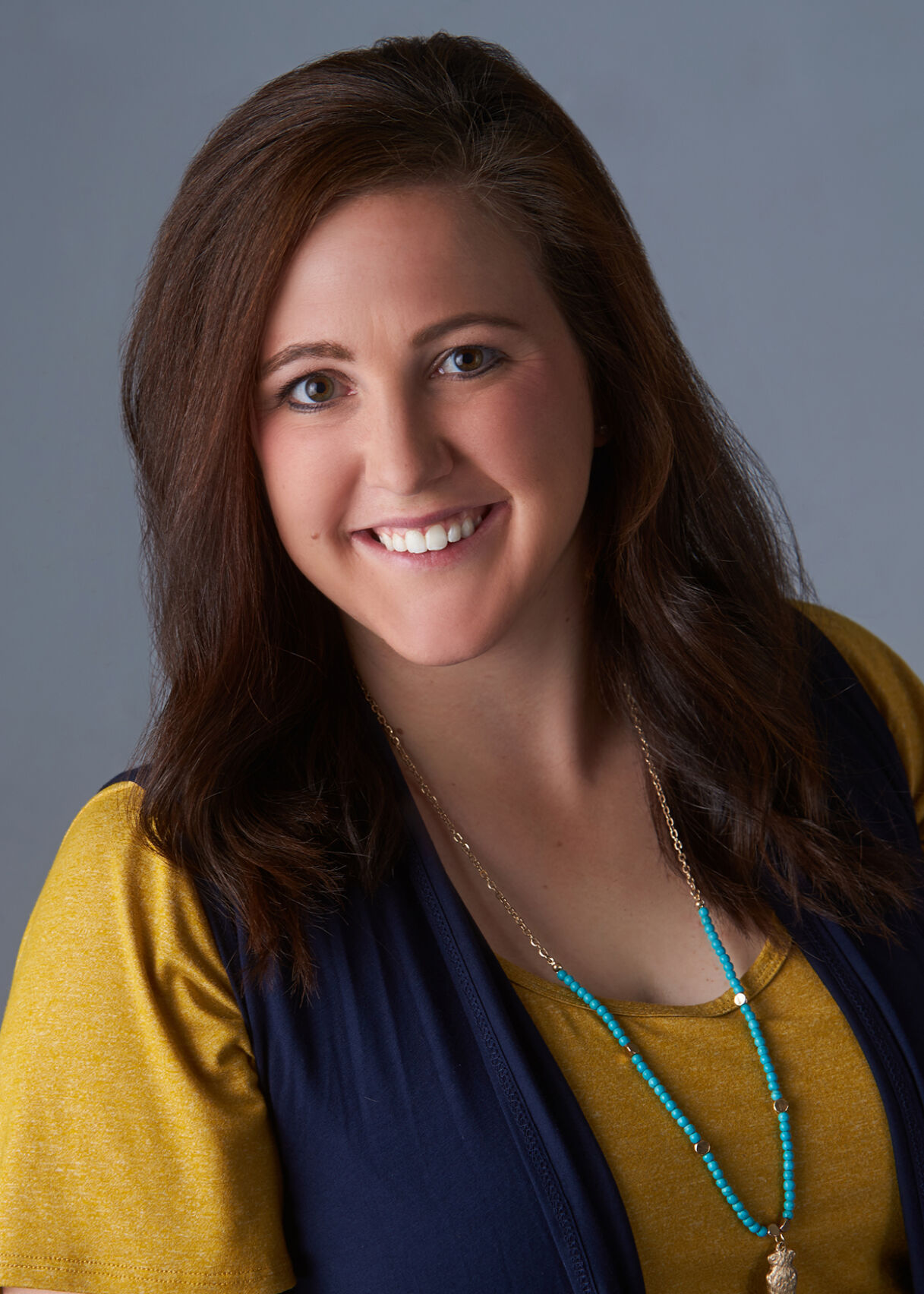During High Plains Journal’s Cattle U virtual event, held Sept. 8 to 11, 2020, Dr. Tera Rooney Barnhardt, DVM, discussed the best cattle handling practices she teaches cattlemen to apply with their employees and stock.
“I don’t train workers because they don’t know what to do, I’m training them to give them the why, behind why we do it, to give them the confidence to correct someone who is doing it wrong and how to train people who maybe weren’t involved with cattle handling prior coming into a position at a dairy, feedlot or grow yard,” Barnhardt said.
The economic benefits of handling cattle correctly are increased performance from conserving shrinkage and better carcass quality, higher productivity from less facility repair and less labor required and safety for both humans and animals. Barnhardt said one of the keys to handling cattle safely and efficiently is to teach employees the slow and smooth mantra.
“Slow is smooth, smooth is fast,” she explained. “We’ve got to slow our people down, we’ve got to teach them to get really good at a craft, you have to become smooth. Once you’re smooth, you’re handling cattle at a faster speed. Nothing is a race when we’re working with cattle, and a faster speed is a more efficient speed.”
Barnhardt said understanding cattle behavior is essential to working with stock rather than against them. She said cattlemen must take into account the five Ps of basic cattle behavior: personality, pack mentality, predator or prey, pressure or release and point of balance.
“Cattle behavior doesn’t change, so once we learn them and commit them to memory, it is something that we just live with,” Barnhardt said.
When working with cattle, Barnhardt explained the methods of moving cattle and whether they are acceptable. She said flags, rattle paddles and flags with poms are all good ways to move cattle through alley ways or chutes in an efficient manner without putting too much stress on the animal She discouraged the use of electric prods and whips, but acknowledged that they are sometime necessary to move animal in certain situations. Barnhardt said striking animals and using electric prods in sensitive areas should never be tolerated.
“These animal welfare and handling practices are things you can do on your operation to protect our social license to operate and our privilege to be cattlemen and women in the United State,” she said.
For more information about Cattle U and Trade Show visit www.cattleu.net. Mark your calendar for Cattle U 2021 set for July 29 to 30.
Lacey Newlin can be reached at 620-227-1871 or [email protected].



